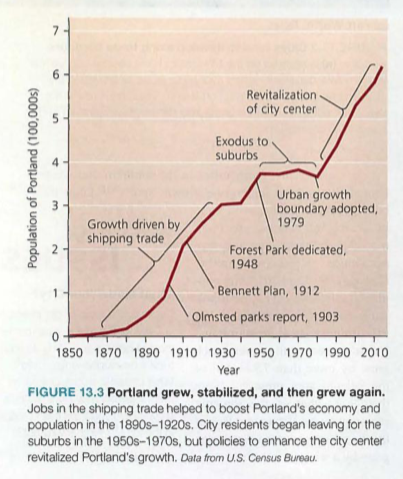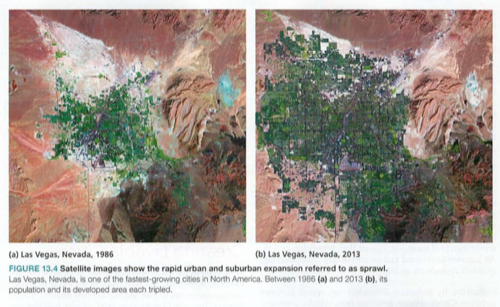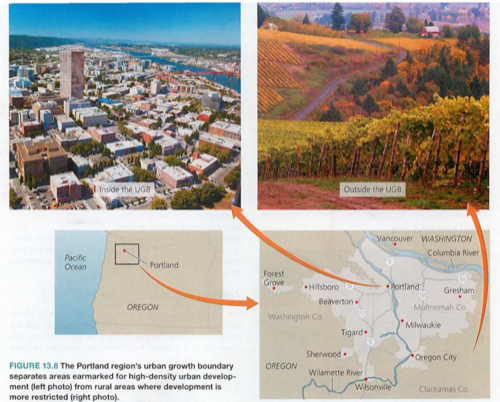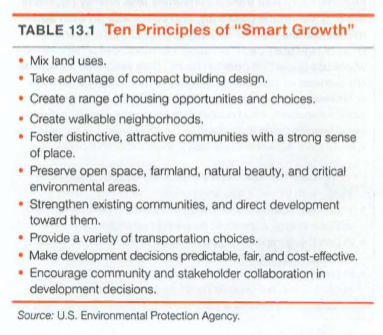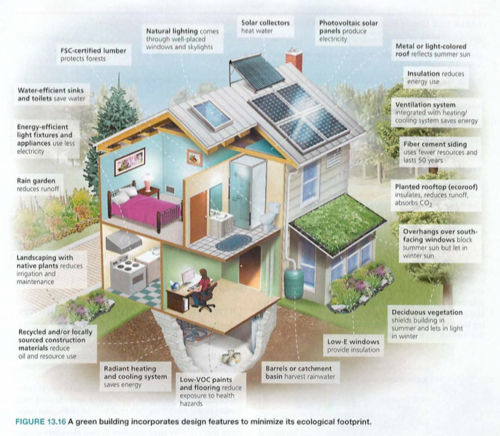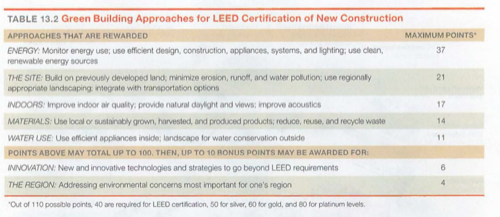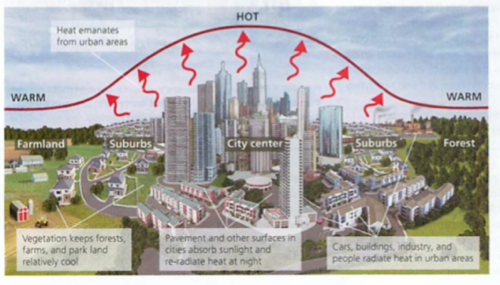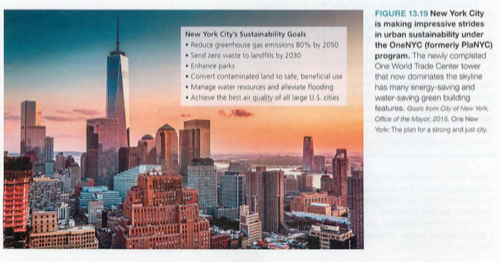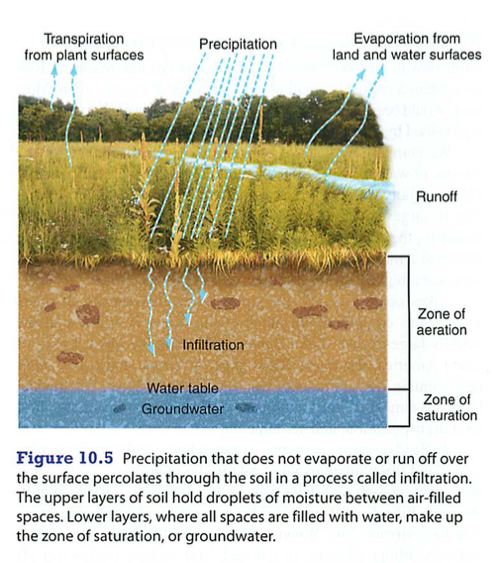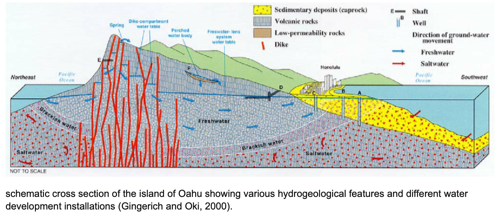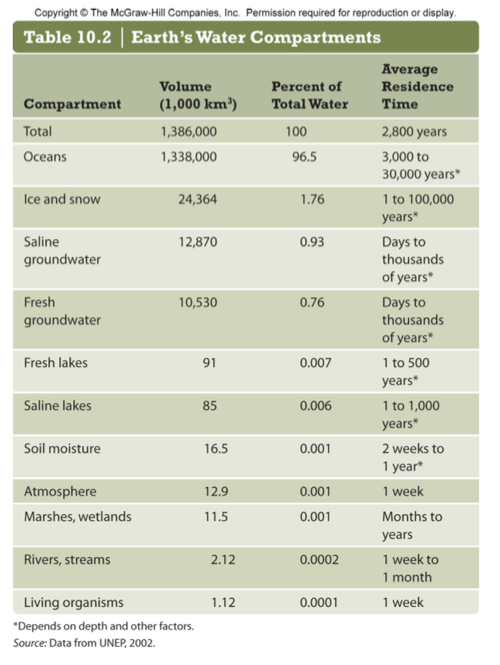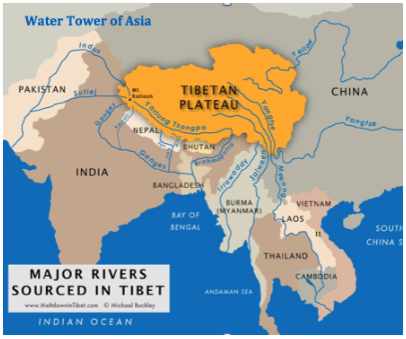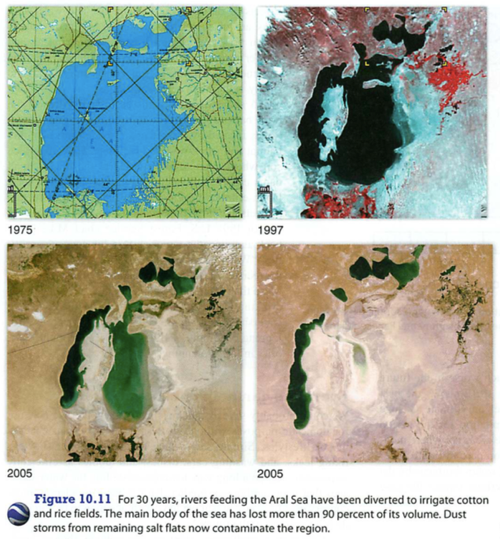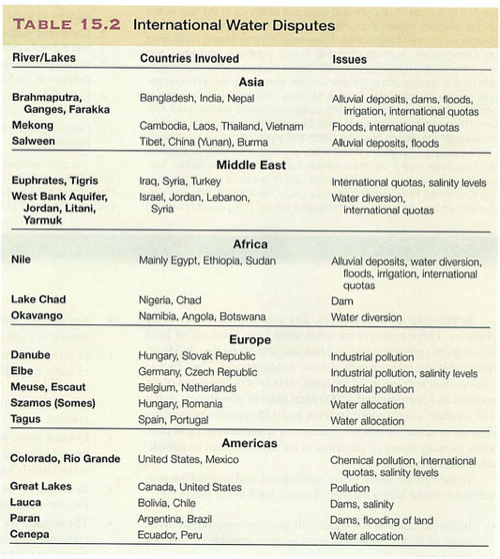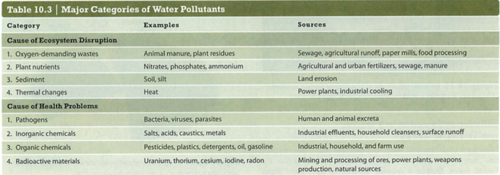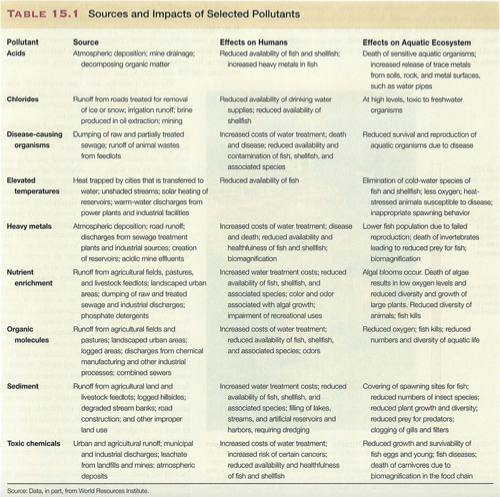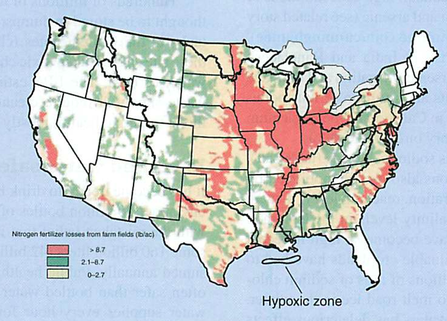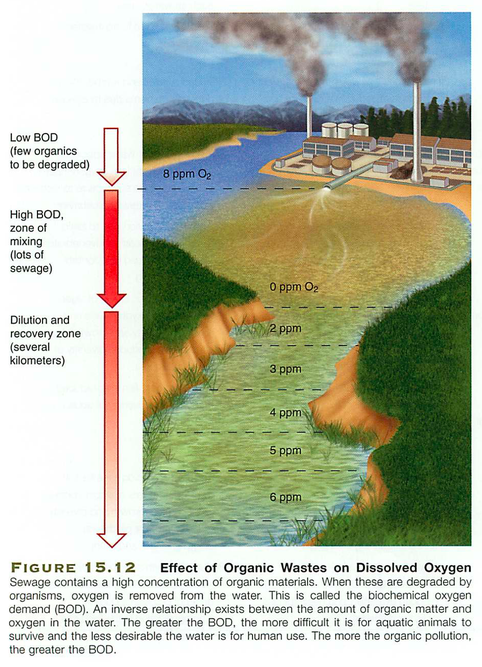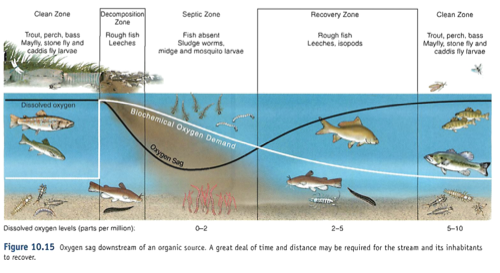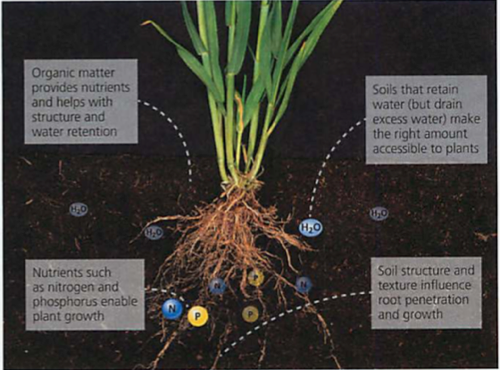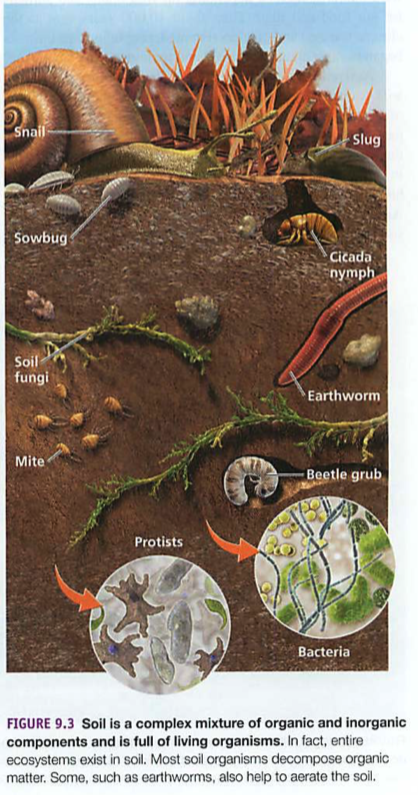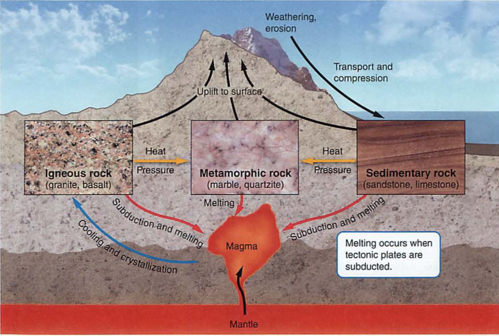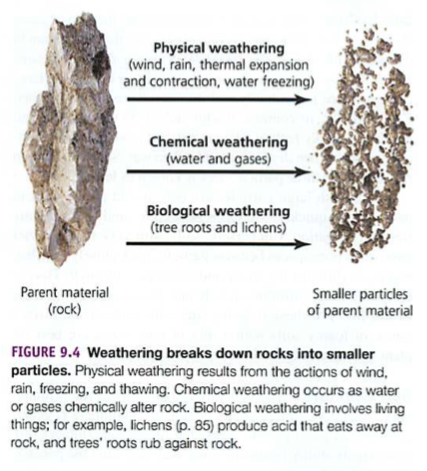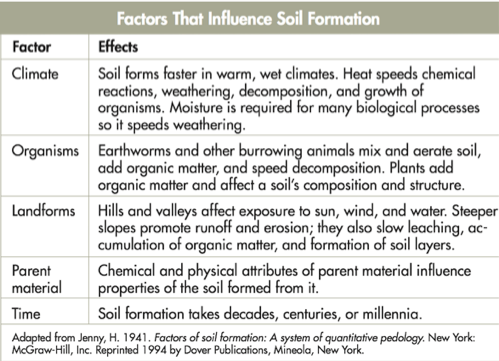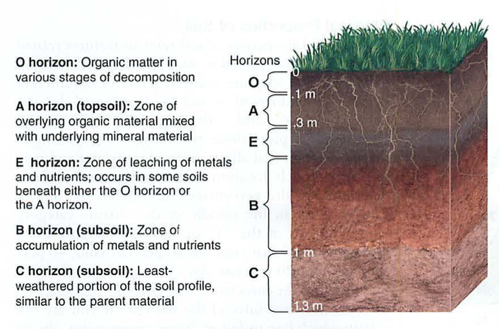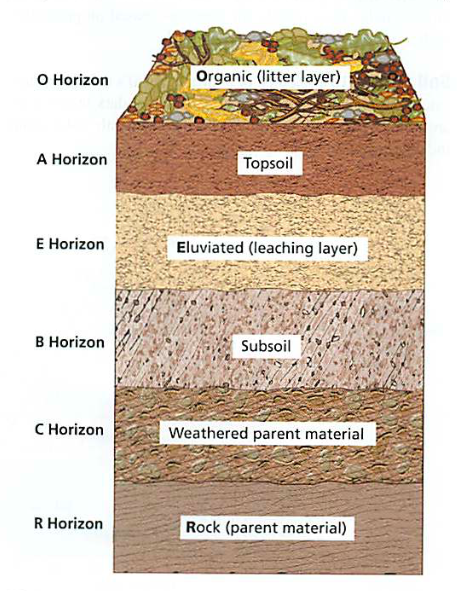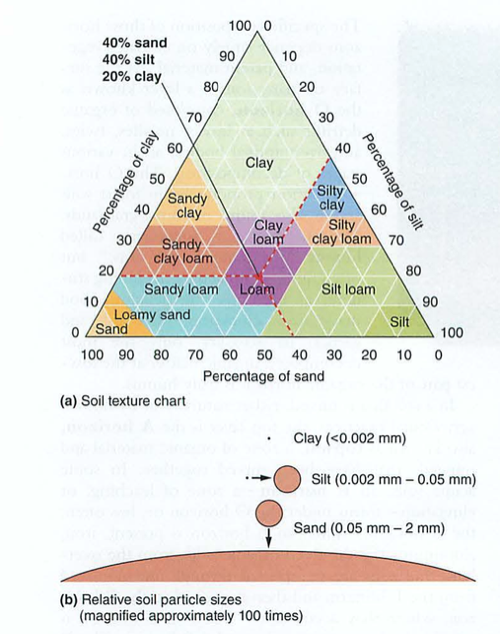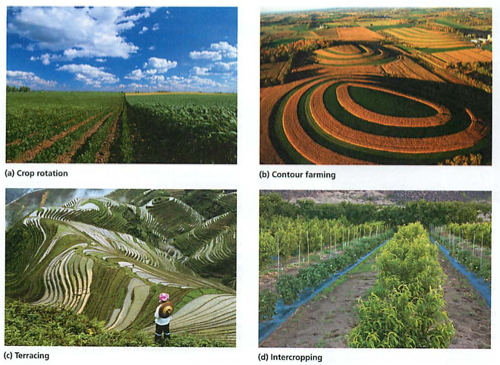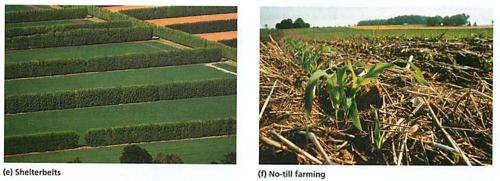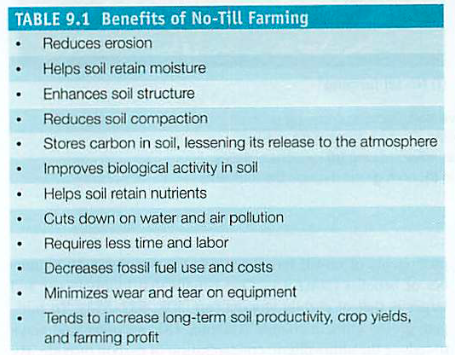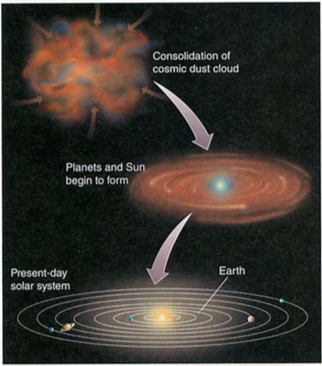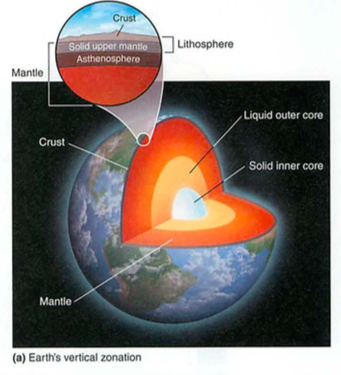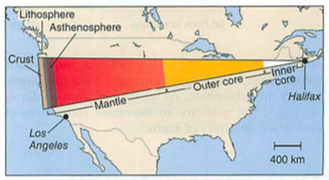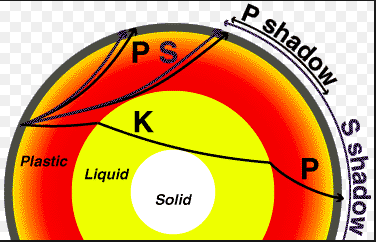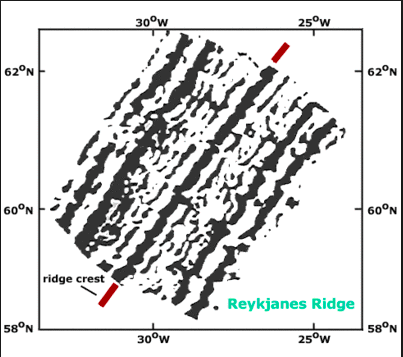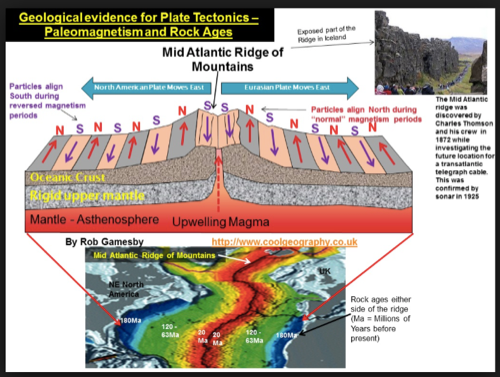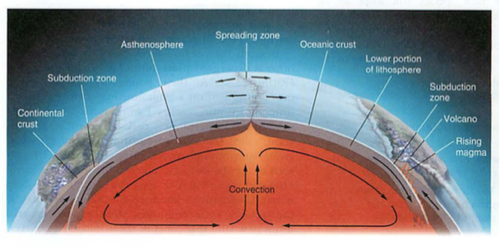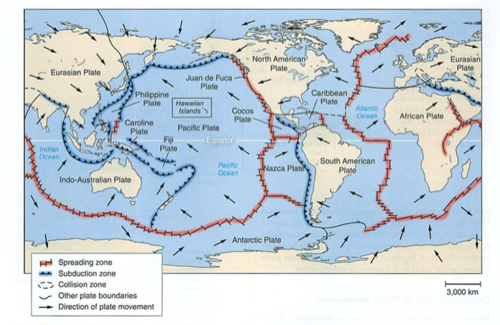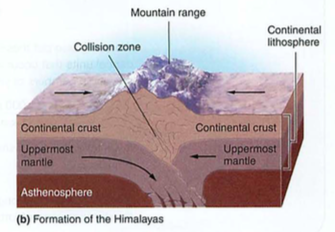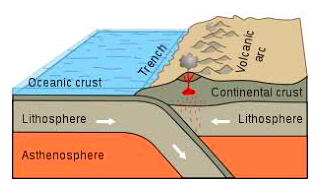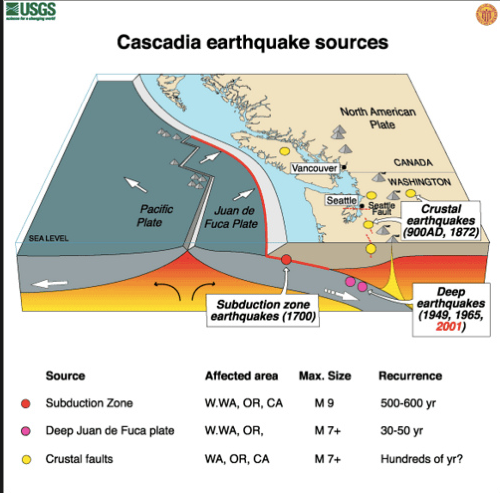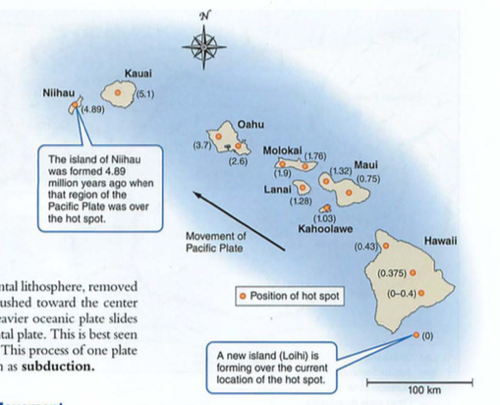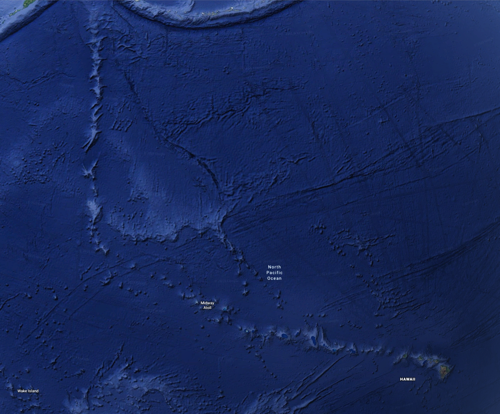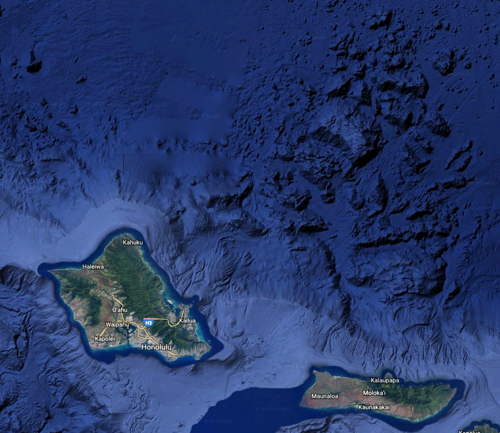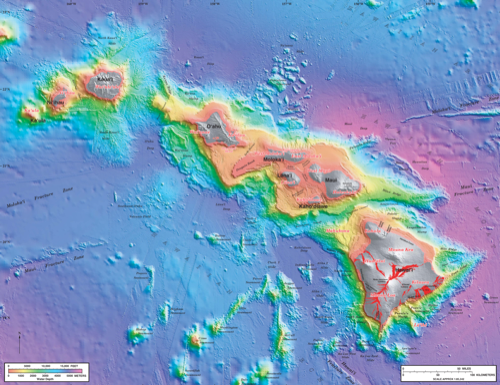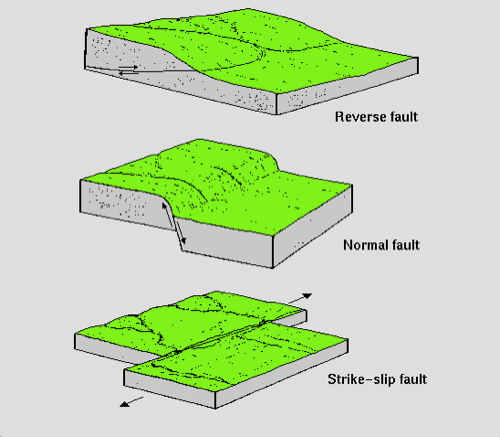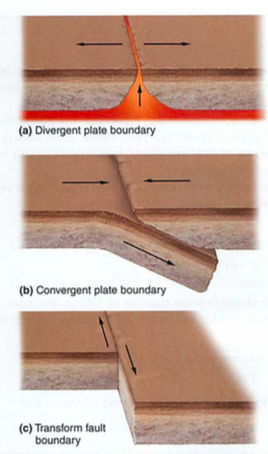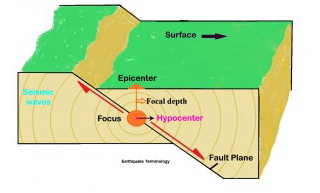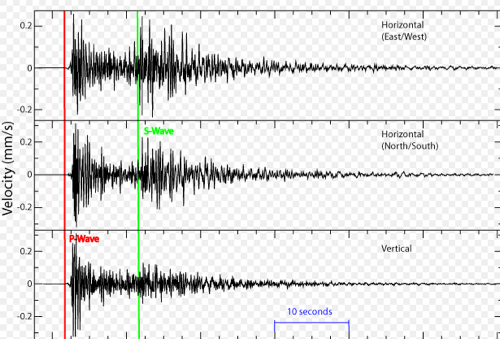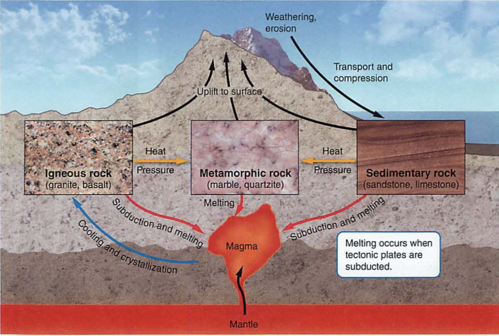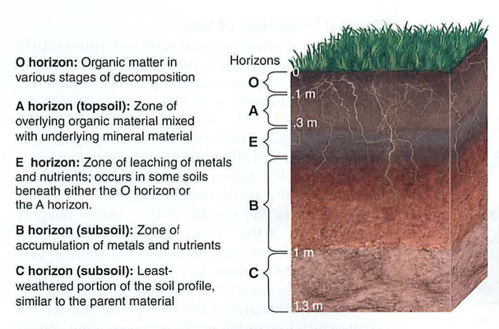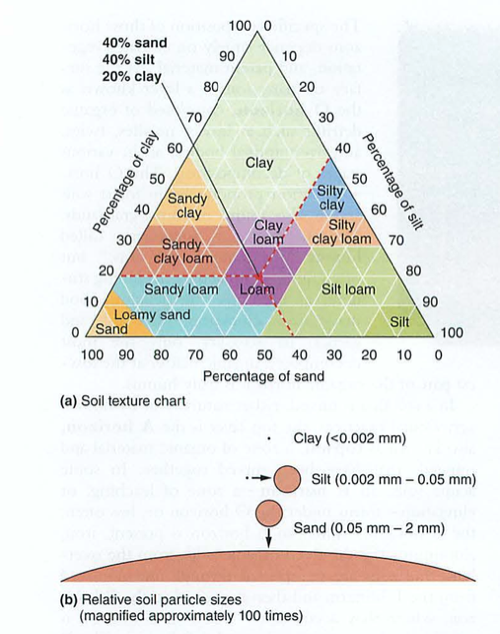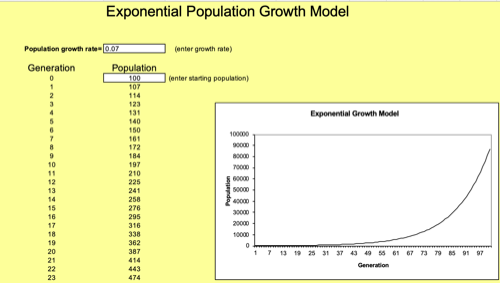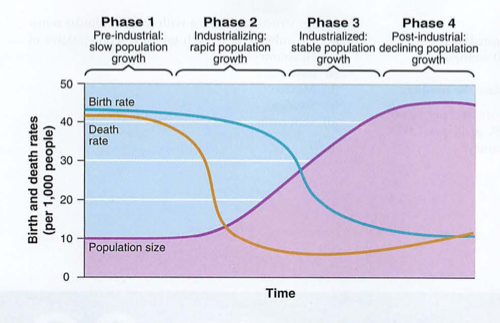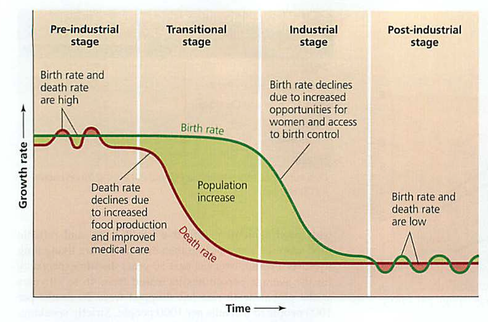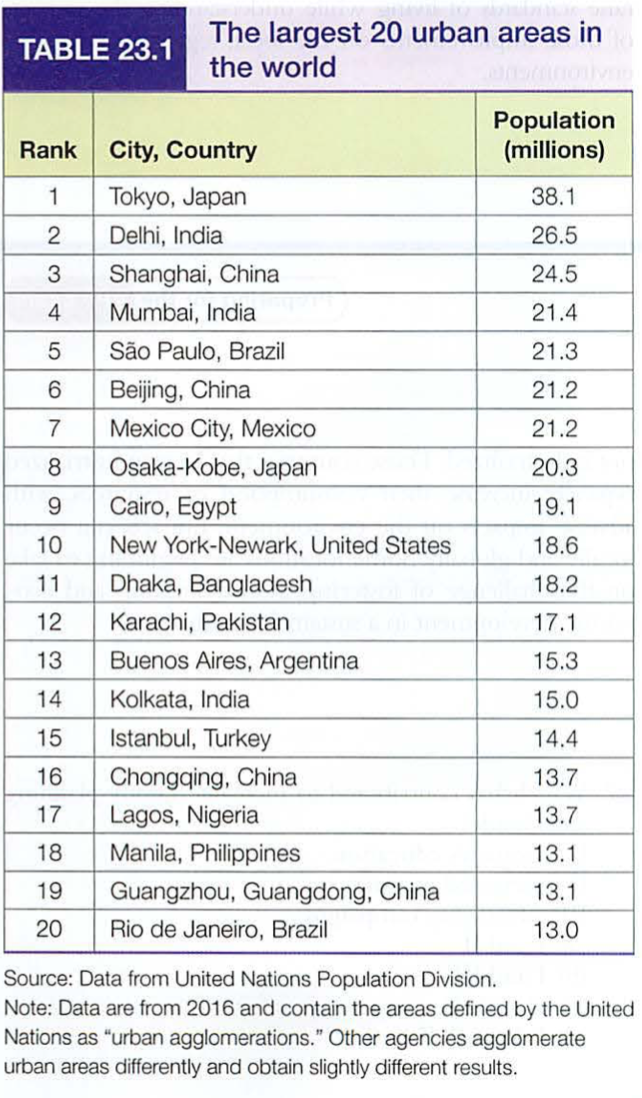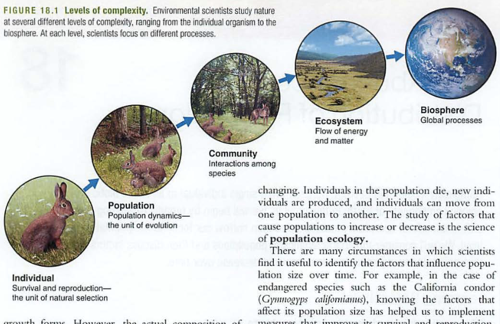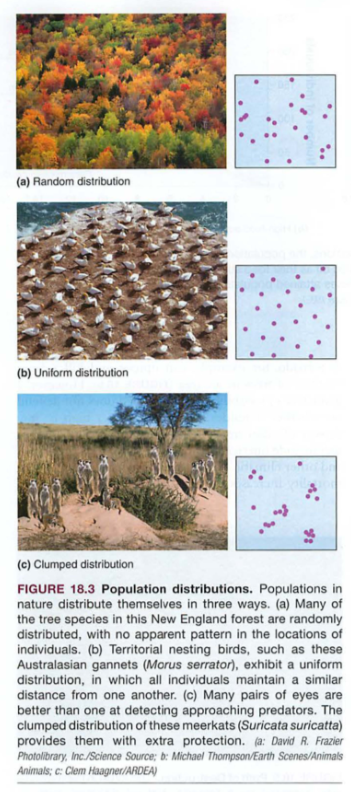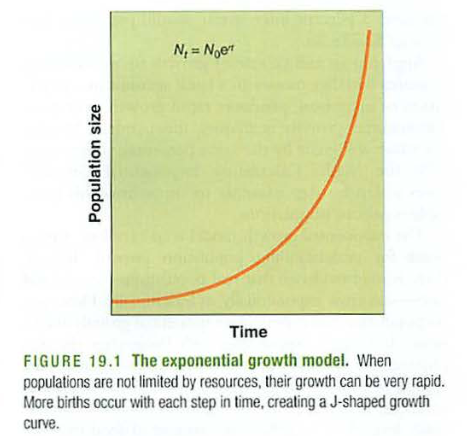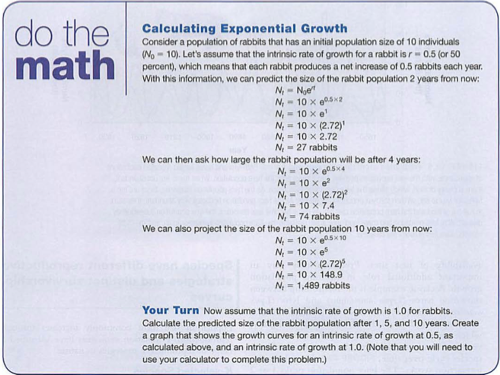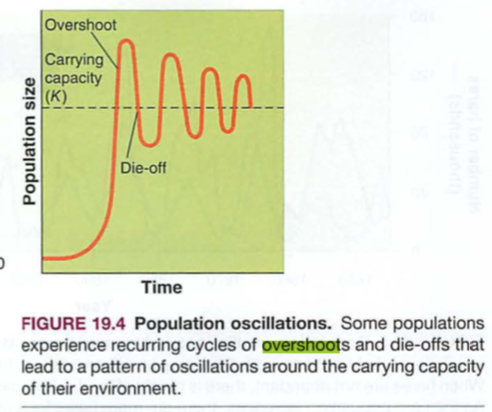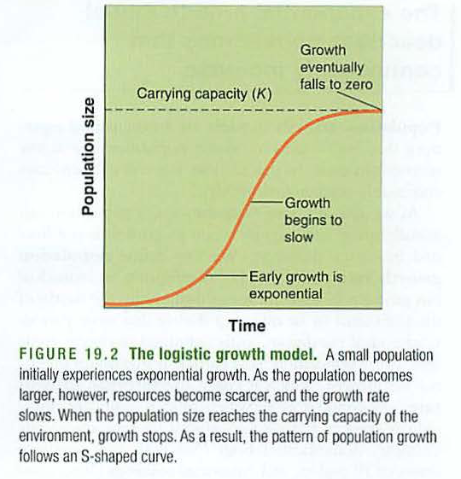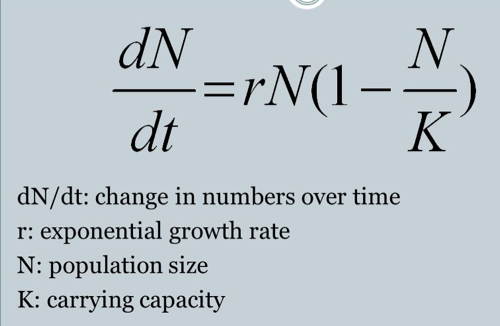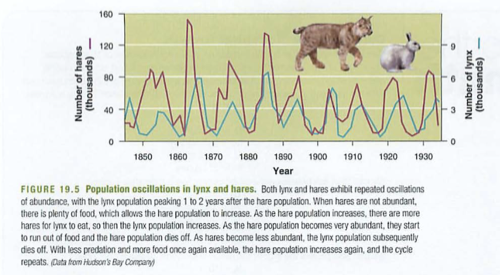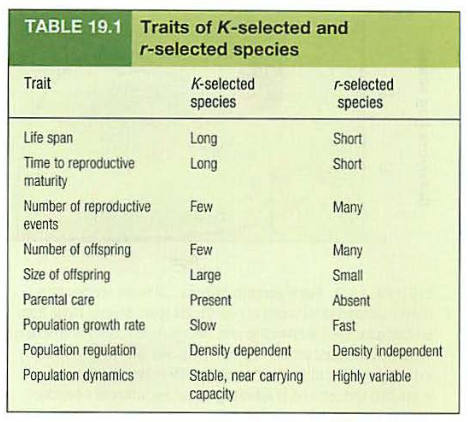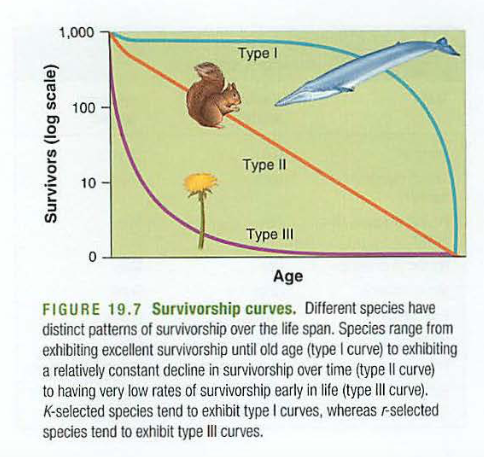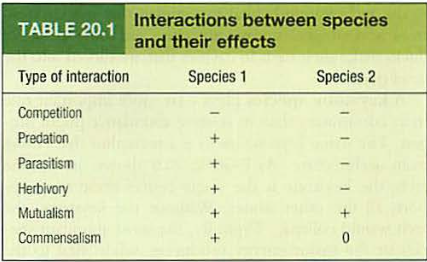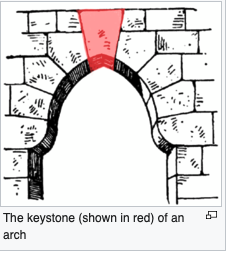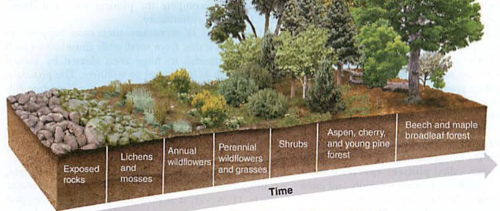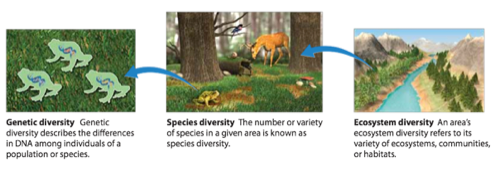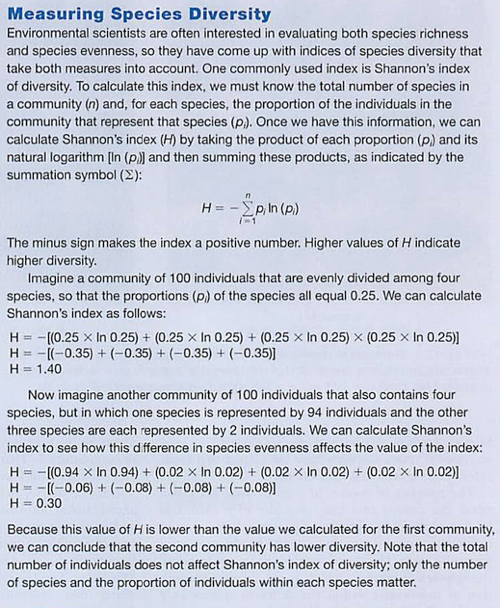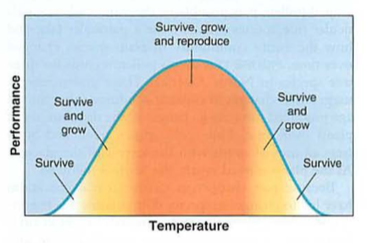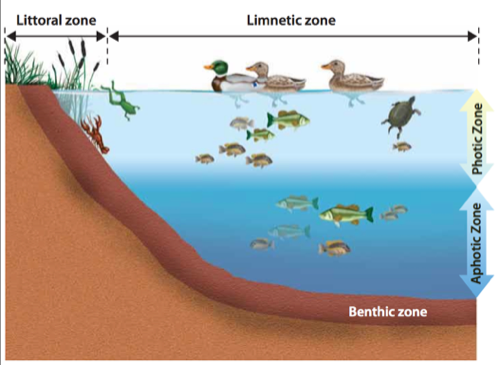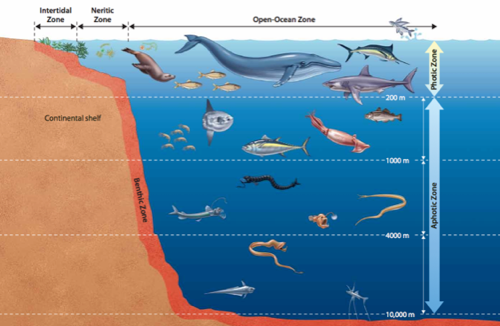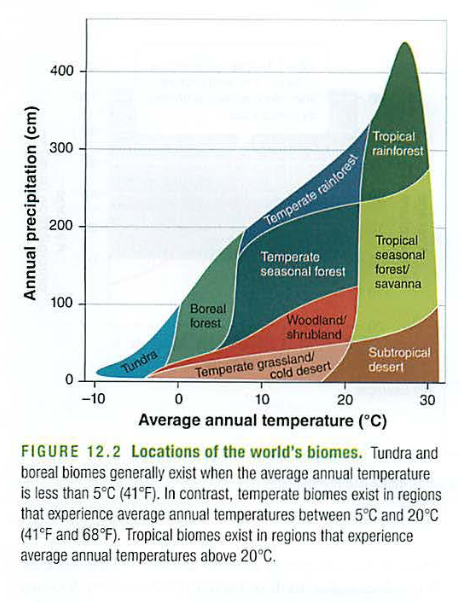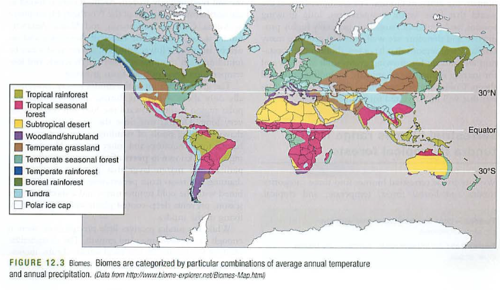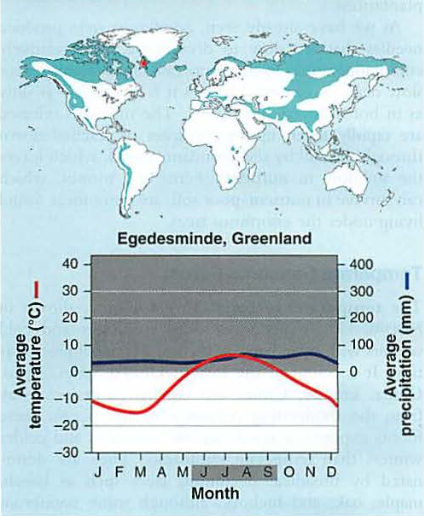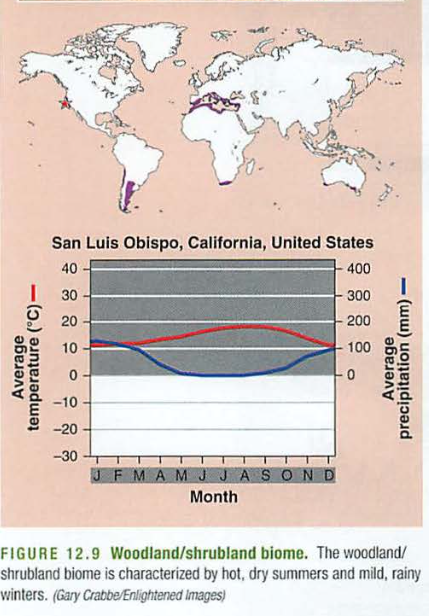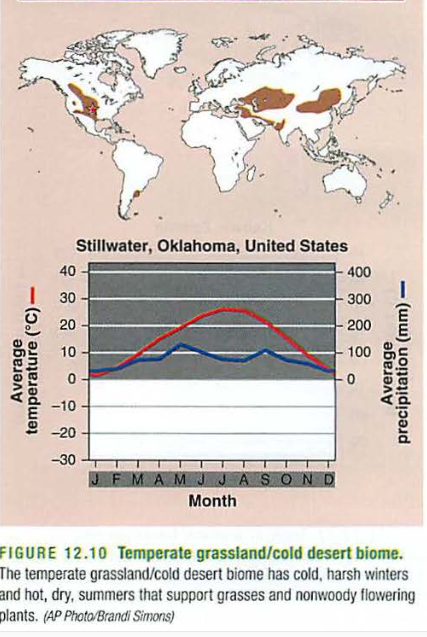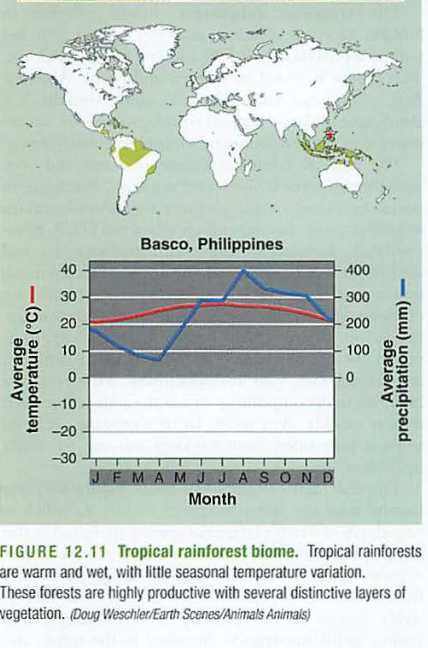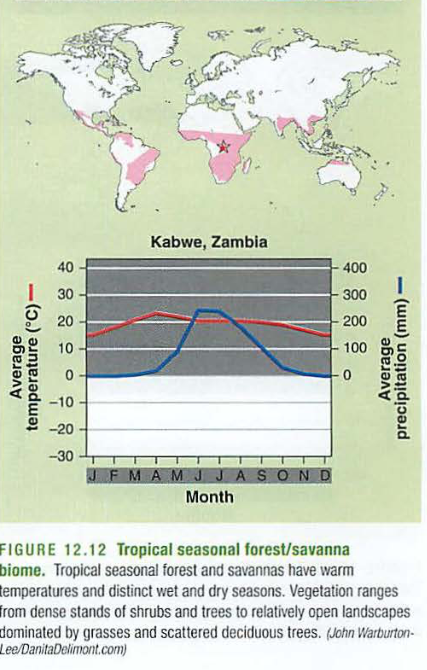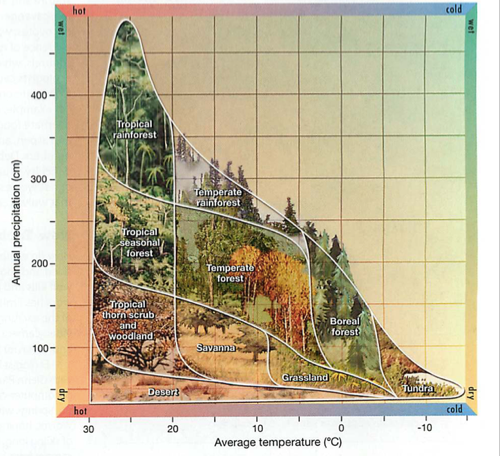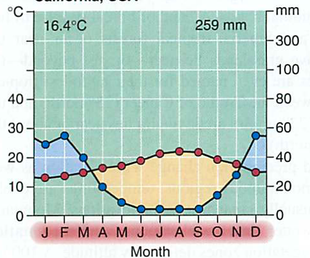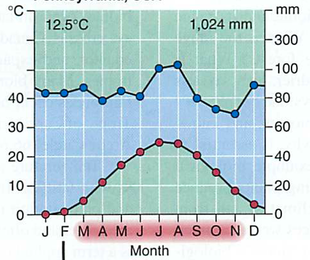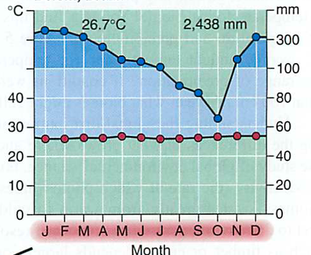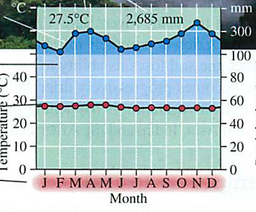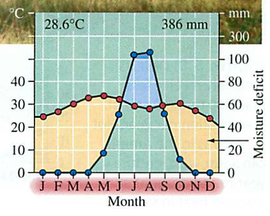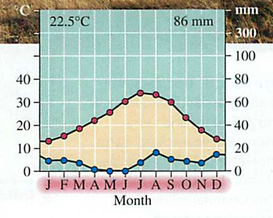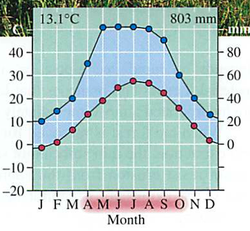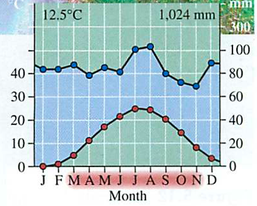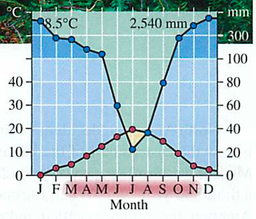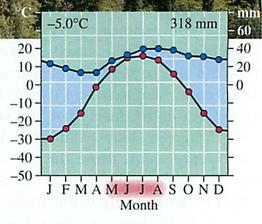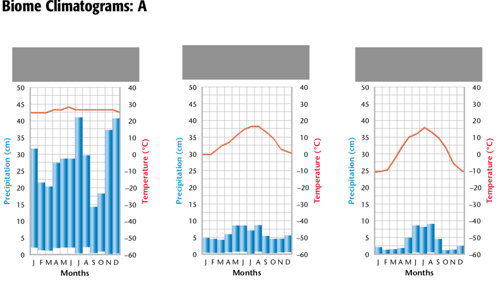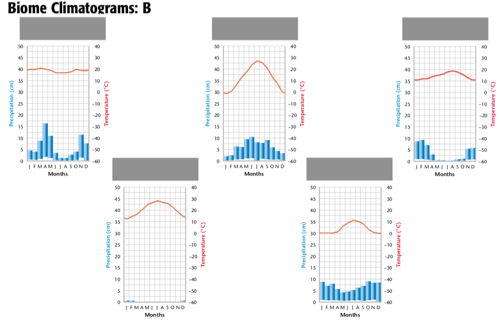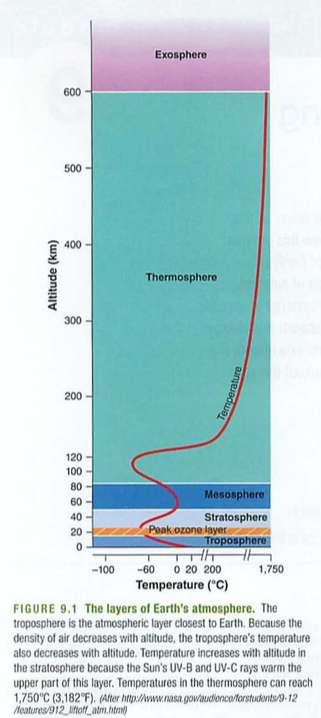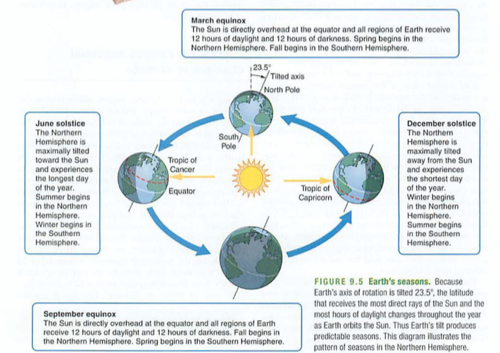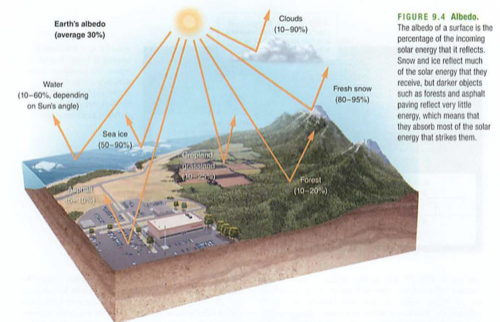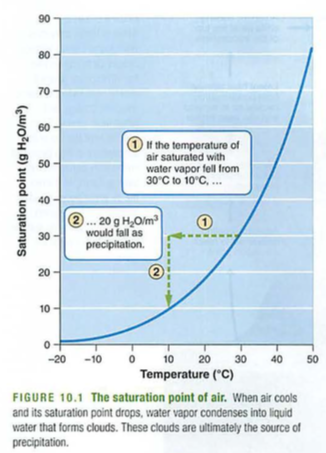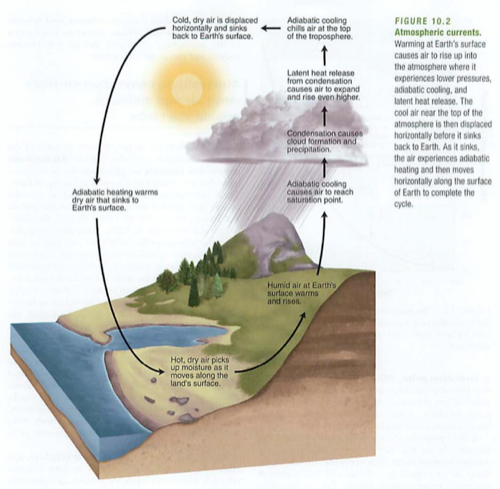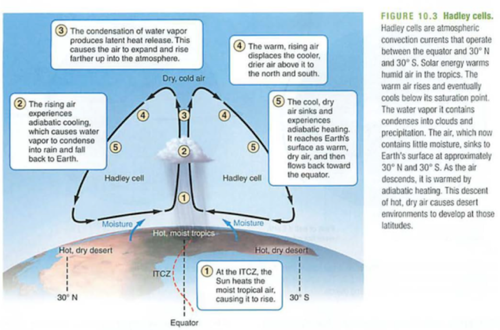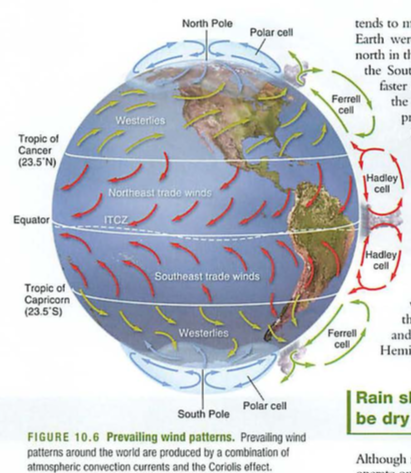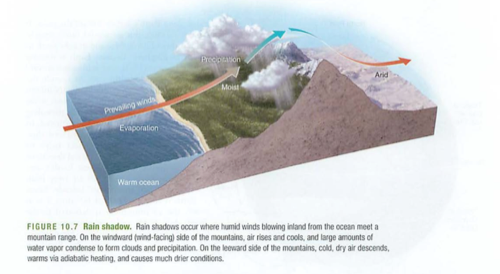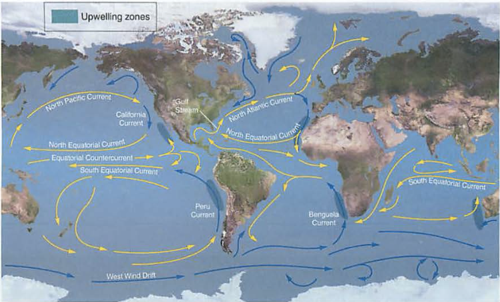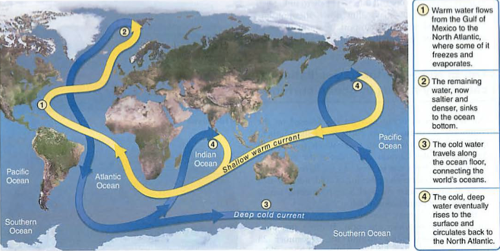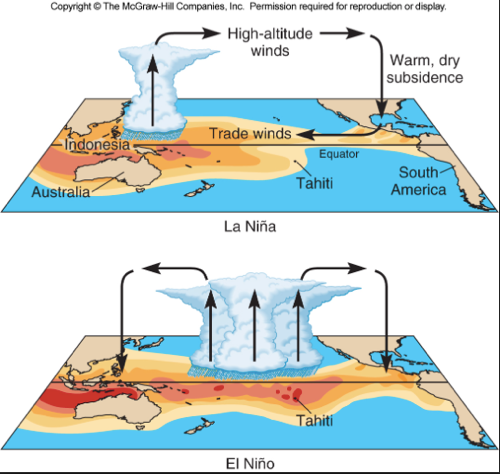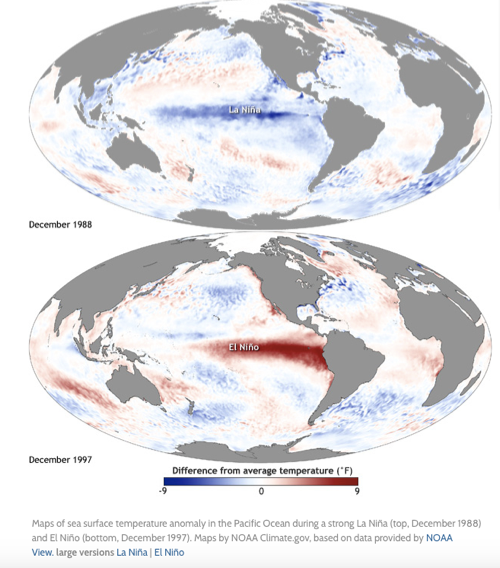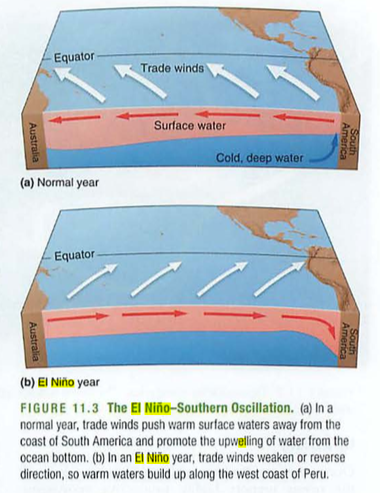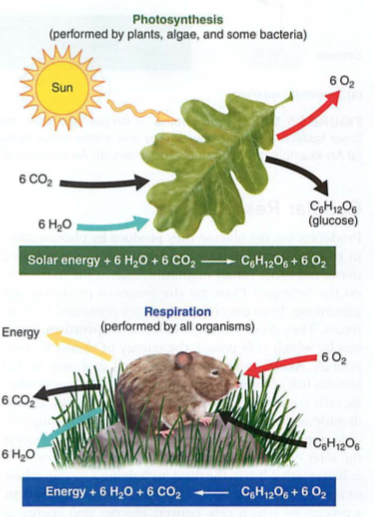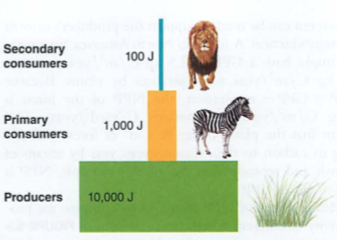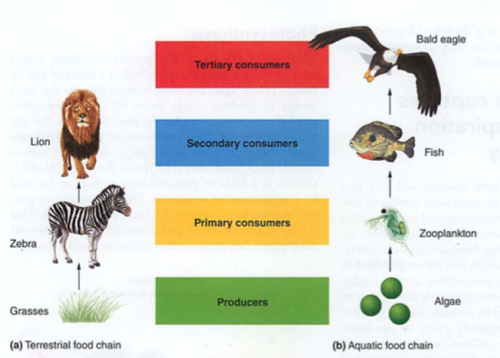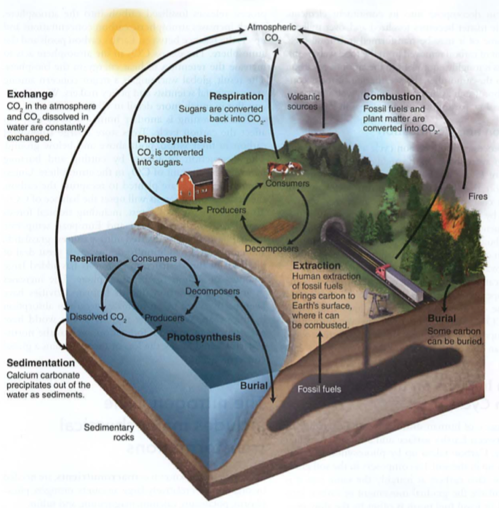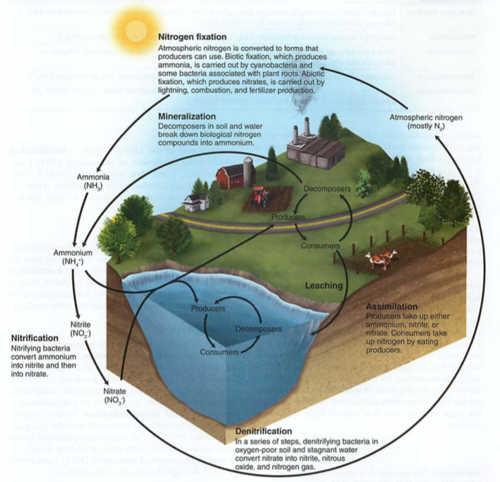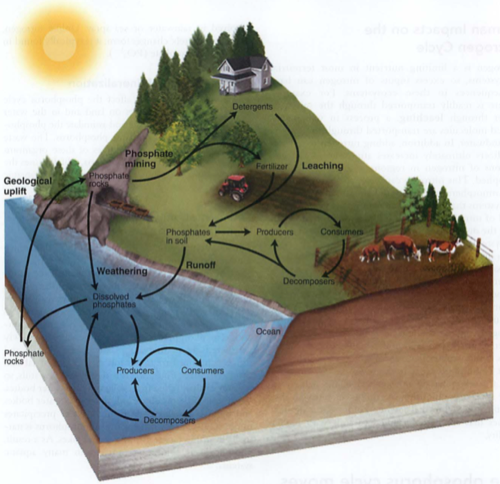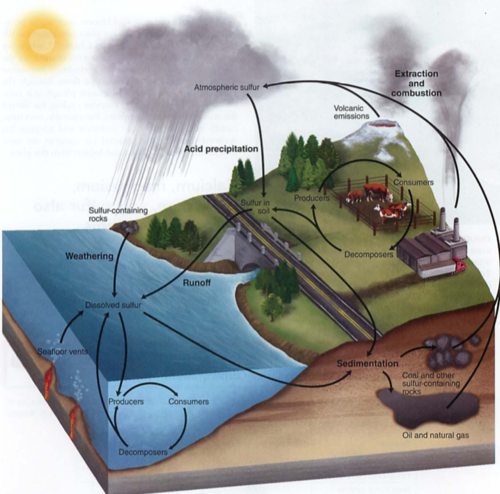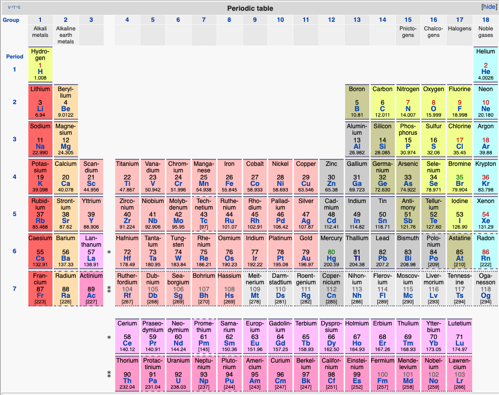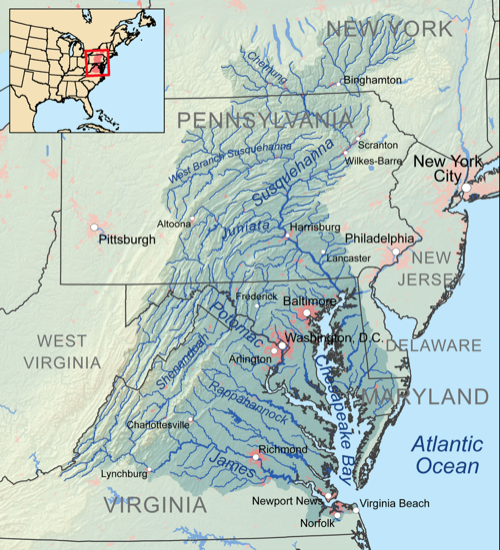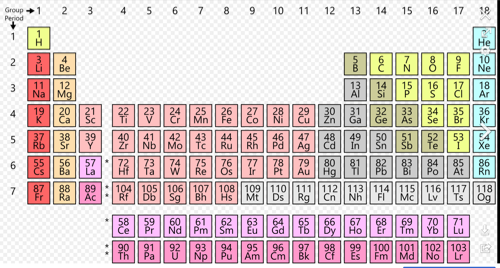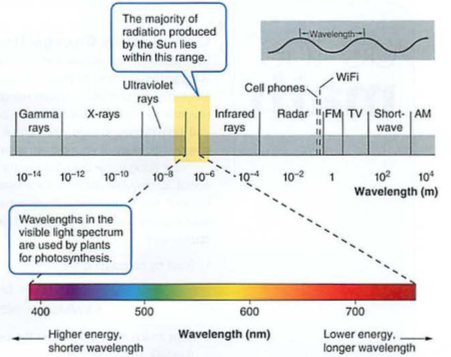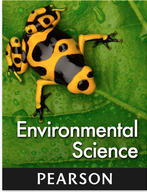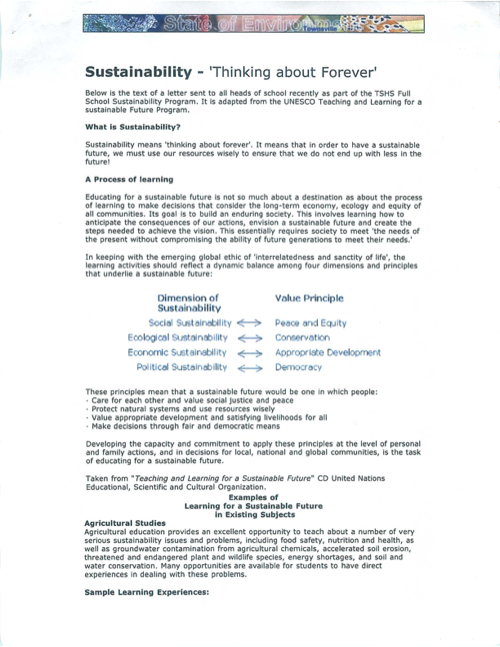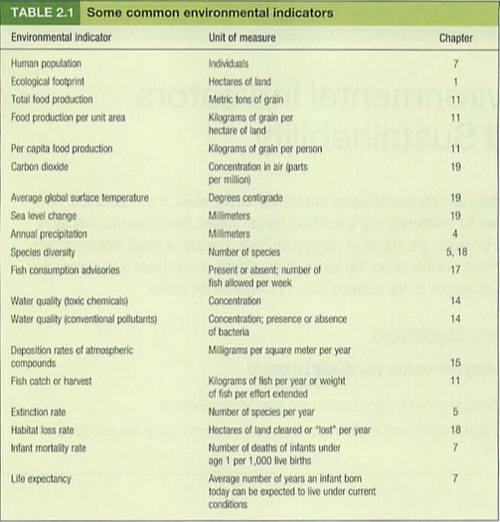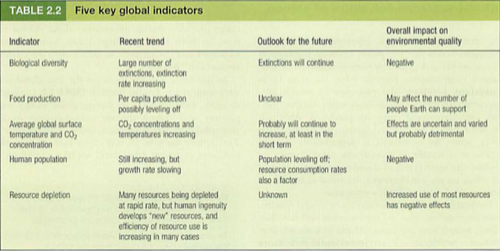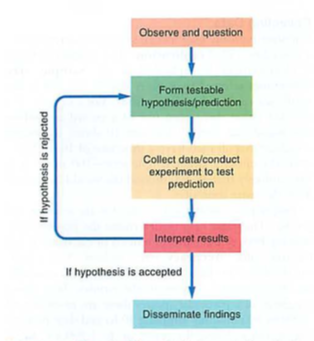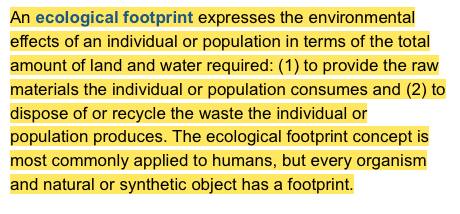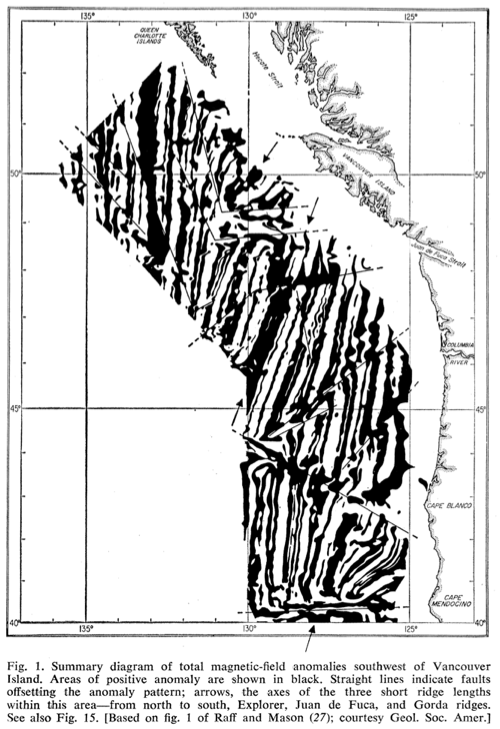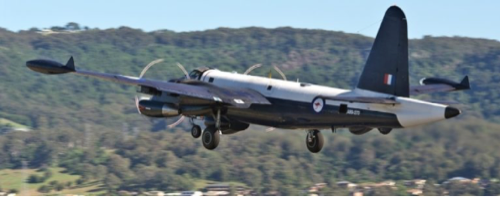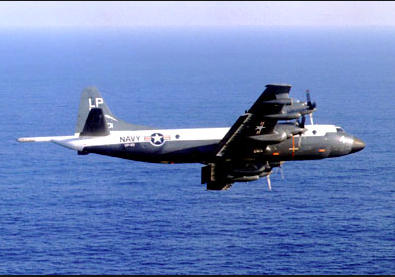Quick dive into pH:
pH of perfect acid is 0, which has a pOH of 14
water has pH of 7 and pOH of 7
pH of perfect base is 14, pOH is 0
so...
pH is LOWER the stronger the acid
n.b. the pH and pOH always add to 14:
water is pH 7 and pOH 7
some acid might be pH 2 and pOH 12
some base might be pH 12 and pOH 2
Here's why:
pH is the -log10 of the [H+], so larger numbers are actually closer to zero
log10 of 1EE-14 is -14
log10 of 1EE-1 is -1
See? The negative sign in the formula makes these into positive numbers, so:
pH of acid is 1, pH of base is 14
As if that was not enough for one module...
Chemical reactions: usually involve movement of energy (light, heat), no mass is created or destroyed (conservation of matter)
melting and boiling don't count, sorry
Organic stuff (this could be an entire separate chapter-ask Ms. Anton!)
Organic=contains carbon, the base for life on our planet usually C-H or C-C bonds.
Look on the periodic table below Carbon, we could be Silicon, but we'd have to be lava creatures since the energy needed for chemical reactions would be higher.
n.b. some thermal creatures use thermosynthesis instead of photosynthesis, using sulfur instead of oxygen (look again at the periodic table)
Inorganic=either no carbon, or bound carbon (C02, like in carbon dioxide)
Proteins, fats and carbohydrates: all contain C-H-O in some combination, only proteins have N as well...
Dive deep if you dare:
CHO=carbohydrates (clever name), usually in a chain, short chains are sugars (used for fuel), longer ones are starches and can be used for structures (e.g. cellulose in plants) or pasta...
smallest: sugars, all end in -ose (glucose, sucrose) LOOK THESE UP, CHECK OUT THEIR MOLECULE SHAPE
glucose is a "monosaccharide" created by photosynthesis (next chapter)
longer chains: starches (rice, pasta) slowly digested (see diabetics, and glycemic index)
structural CHO: cellulose-little boxes with goo inside, need enzymes to break these down (cows)
ENZYMES ALL END IN -ASE
Fats/lipids: same chemical structure as CHO, but built along a glycol (alcohol) backbone.
If the fats have long carbon chains with only single bonds, they are saturated (lots of Hydrogen atoms) and can hold together (e.g. animal fat)
If the long chains have double bonds and don't fit together, they melt easier (e.g. oils) and are called "unsaturated", usually better for your health.
n.b. McDonalds® got into real hot water a while ago for frying all of their stuff in "supersaturated fats". Ugh...
Proteins: complex molecules of CHO and N. Look up amino acids, note the common structure.
Now look up the amino acid methionine. What element does it contain as well? Why do rotten eggs, swamps (and Kilauea volcano) stink?
Nucleic acids: DNA and RNA (another whole chapter)
Questions:
- What is the difference between carbohydrates, fats and proteins?
- How much more acidic is something with a pH 4 than one of pH 5?
- An element has a half-life of 30 days. If the original sample is 100 grams, how many grams will remain after 45 days?
- Which is more acidic: NaOH or HCl? Why?
CALCULATOR PRIMER-------------
This is what an iPhone calculator looks like:
 |
|
Click for full-size image |
How to do half lives:
Let's say you are given 64 grams of something with a half life of 7 days. This means every 7 days, half of what you started with goes away.
If they ask you how much is left after 21 days, you first divide 21 by 7 to get "n" the number of half lives: 3
Then you set up your calculator like this:
Amount = Starting amount (0.5)^n
Best way is to do this from right to left (backwards)
so,
Enter 0.5
hit the xY key (just below m+)
enter n (3 in this case)
press equals
multiply all of this by your starting amount (64)
you should get 16 grams left
Try this with 128 grams and a half life of 6 days, after 42 days
You should get 18/6 = 3 = n
0.5 xy 7 = 0.125
128 x 0.125 = 16 grams
How to do pH calculations:
pH is a number between 0 (acid) and 14 (base)
pH is defined as -log10 [H+]
What this usually means is just the exponent of the [H+] concentration
so,
[H+} of 1 ee -4 has a pH of 4
[H+} of 1 ee -6 has a pH of 6
[H+} of 1 ee -4 has a pOH of 10
why?
pOH is just 14 - pH, so pH + pOH always = 14
On your calculator, calculate the pH of something with a hydrogen concentration of 1 ee-3
enter 1
press ee key (to the left of 1 on the calculator)
press 3
press the +/- key (above 8 on the calculator)
press log10 (left of 4 on the calculator)
change the sign from minus to plus
you should get the answer: 4
this also works for complicated numbers like [H+] = 4 ee -3: pH = 2.39
Module 5 (FINALLY!)
Energy is the ability to do work (heard that before?)
Units are joules ("jowles in England), and a few others (calories, Calories, BTU, kWh)
Power is how fast you can do the work (climbing stairs or running up stairs), so Power = work/time
Units are Watts (joules per second or j/s) among others
energy->Joules (work~amount of water)
power->Watts (how fast the work is done~flow)
KE/PE: Kinetic and potential energy
PE: chemical bonds, height, spring
KE: motion, freewheel, flowing air/water
temp: KE=1/2mv^2 (macro level)
molecular level:
KE=3/2kT, so T prop to v^2 of molecules
EMR: shorter wavelengths more energy e.g. UV, X-rays
Light is one form of EMR or electromagnetic radiation (needs no medium, so we get light from the sun through the vacuum of space)
What you need to know: EMR has higher energy with higher frequency (e.g. ultraviolet light damages DNA, infrared heat can only burn)
See visible spectrum:
Energy can be potential (ability to do work) like altitude or chemical bonds or kinetic (see Kinesias in Lysistrata), the energy of motion or heat (molecules in motion, KE = 3/2kT)
Temperature is not heat, but the average speed of the molecules...
Temp in the upper atmosphere is 900°C but you'd freeze there, as there is no atmosphere to conduct the heat to you.
Interesting fact: Concorde passengers could not touch the windows, not because they were too cold from the altitude, but too hot from the air friction of the plane going 2x the speed of sound.
Thermodynamics (heat in motion)
Laws: Physics version
1. you can't win (no such thing as more than 100% efficiency)
2. you can't break even (not even 100% is possible, there is always a "heat tax" on every reaction)
3. you can't get out of the game (all reactions tend towards disorder, the "heat death" of the universe, or ∆S>0 for the universe)
Chemical version:
- energy cannot be created or destroyed
- energy can move, but always at a cost (entropy, disorder increases, ∆S>0 universe)
Efficiency is the amount you get out of any energy reaction, divided by the amount that went in, always less than 100%
efficiency; never 100%, 30-60% common
Human 35% eff, diesel engine 60%
Energy "quality" is the degree of organization of the energy (sugar molecules vs. heat coming from your body, or well organized gasoline "octane" molecules breaking into heat, CO2 and H2O)
Entropy: degree of disorder in any system, all reactions tend towards more disorder (e.g. your closet or bedroom-tell this to your parents)
energy quality-entropy, disorder, e.g. closet ∆S>0, takes energy input to reduce S (entropy)
System dynamics----- (had enough yet?)
Open system: stuff comes in, goes out, e.g. energy
Closed system: everything stays in e.g. mass
Steady state: balance of inputs and outputs (money example)
Feedback: think of the howling speakers at assembly: microphone picks up the speaker, gets louder, goes on and on: positive feedback
Positive feedback: response makes the situation stronger/unstable: capsizing ships, childbirth, bleeding to death, climate change, melting permafrost, albedo decrease in the arctic...
Negative feedback: response makes the situation more stable, tends towards recovery: stable ships at sea, sweating, good relationships
Questions:
- Explain the difference between energy and power
- UV radiation will cause sunburns but infrared will not. Why?
- What are the 3 laws of thermodynamics?
- Give an example of positive and negative feedback

